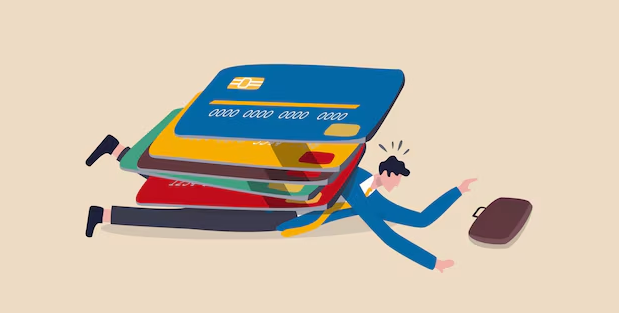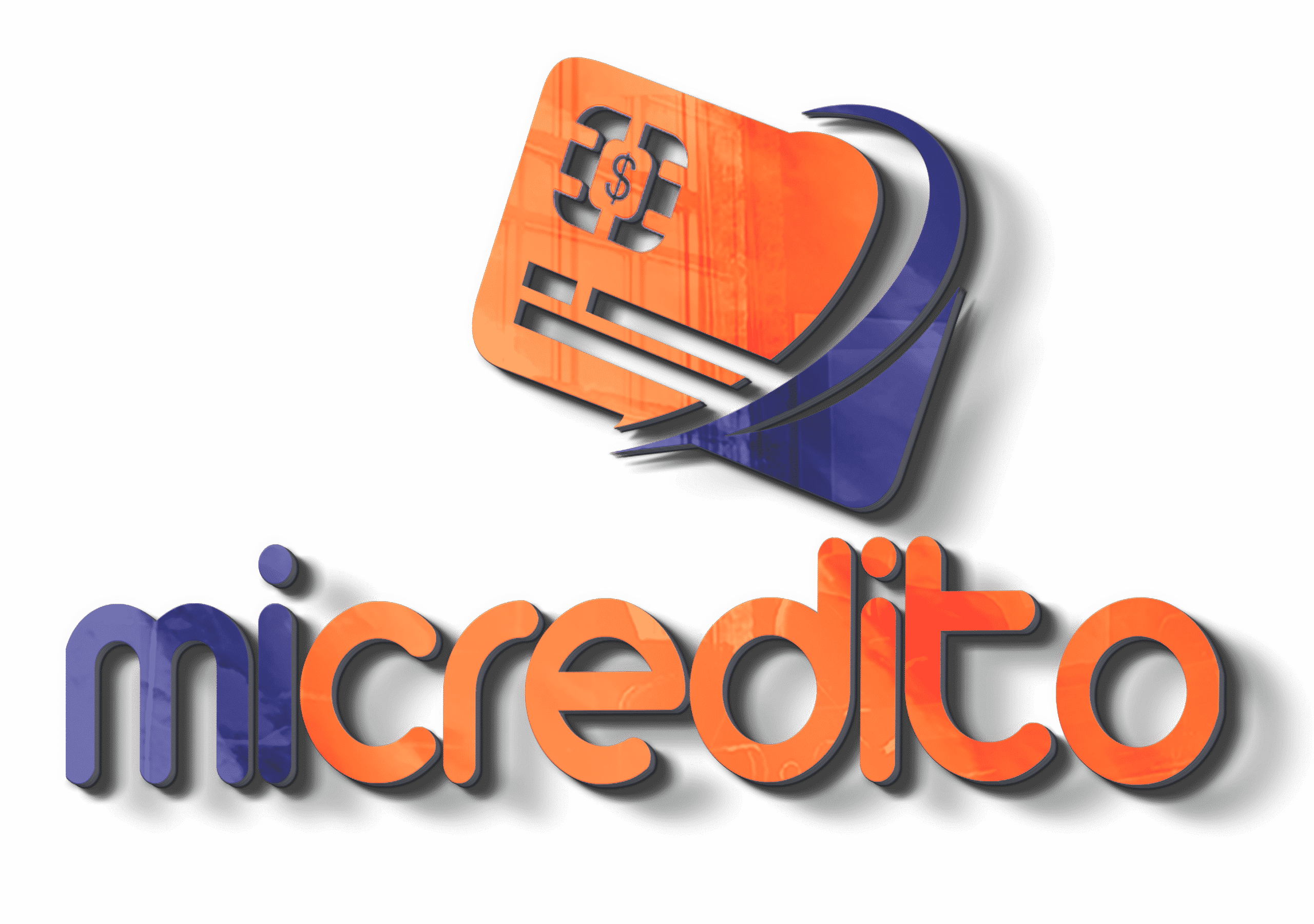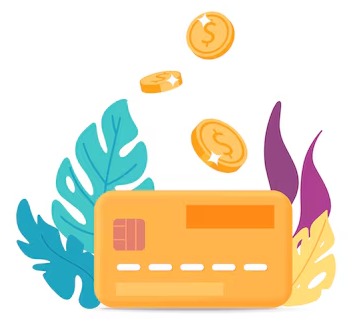Managing multiple credit cards in the United States can be both a blessing and a challenge. On one hand, they offer flexibility, rewards, and convenience; on the other, they can lead to financial strain if not handled properly. With the right strategies, however, you can harness the benefits of multiple cards without compromising your financial health. This guide provides detailed insights into how you can maintain control over your credit cards while building a solid financial foundation.
Credit cards are a cornerstone of modern financial life, especially in the U.S., where they serve as a convenient tool for daily expenses, emergency funds, and even travel perks. However, managing several cards simultaneously requires discipline and organization. Without these, it’s easy to fall into the traps of debt accumulation, missed payments, and damaged credit scores. This article breaks down actionable steps to keep your credit cards in check and your financial well-being intact.
Understand the importance of tracking your spending habits

To effectively manage multiple credit cards, it’s essential to start by understanding your spending habits. This begins with an honest assessment of where your money goes each month. Break down your expenses into categories such as groceries, utilities, entertainment, and debt payments. By doing so, you’ll gain a clear picture of how each credit card contributes to your overall financial situation. Tools like budgeting apps or simple spreadsheets can be invaluable in helping you monitor your expenses and allocate funds wisely.
When tracking your spending, it’s also crucial to consider your credit card statements. Reviewing these regularly can help you spot trends in your spending, identify unnecessary expenses, and ensure that no unauthorized charges slip through. Many credit card companies offer detailed reports categorizing your spending, which can make this process even easier. By staying aware of where your money is going, you can avoid overspending and ensure that you’re using your credit cards as tools rather than burdens.
Moreover, setting spending limits for each card based on its purpose can significantly improve your financial discipline. For example, designate one card for necessities like groceries and gas while reserving another for discretionary spending, such as dining out or shopping. This segmentation not only helps you stay within budget but also maximizes the benefits of rewards programs associated with different cards.
In addition to categorizing expenses and setting limits, it’s equally important to evaluate how your spending aligns with your financial goals. Take the time to reflect on whether your purchases are adding value to your life or simply contributing to unnecessary debt. This process of mindful spending involves asking yourself if each expense is essential, whether it fits within your budget, and how it impacts your overall financial stability.
By integrating this habit into your routine, you’ll not only gain greater control over your credit card usage but also cultivate a healthier relationship with money. Combining this approach with regular expense tracking ensures that your financial choices are intentional and aligned with your long-term objectives, rather than being driven by impulse or convenience.
Prioritize paying off high-interest debt first
If you’re juggling multiple credit cards, chances are you might have balances spread across them. One of the most effective strategies to reduce financial stress is to prioritize paying off high-interest debt first. Known as the avalanche method, this approach focuses on eliminating the card with the highest interest rate while making minimum payments on others. Once the highest-interest card is paid off, you can redirect those funds to the next card, creating a snowball effect that accelerates debt repayment.
High-interest debt can quickly spiral out of control, especially if you’re only making minimum payments. To combat this, consider creating a repayment plan that fits your budget while targeting the most expensive debts. This may require cutting back on non-essential expenses temporarily or finding ways to increase your income, such as freelancing or part-time work. The goal is to reduce the financial burden of interest charges, which can drain your resources over time.
Another effective option is transferring balances from high-interest cards to one with a lower interest rate or an introductory 0% APR offer. Balance transfer cards can save you significant money in interest, but it’s important to read the fine print. Look out for transfer fees and ensure you can pay off the balance before the promotional period ends to avoid unexpected charges. By tackling high-interest debt strategically, you’ll free up more of your income for other financial goals.
Stay organized with due dates and rewards
One of the biggest challenges of managing multiple credit cards is keeping track of due dates and rewards programs. Missing a payment can result in late fees, increased interest rates, and damage to your credit score. To avoid this, consider using automated payments for at least the minimum amount due on each card. This ensures that you never miss a deadline while giving you the flexibility to make additional payments as your budget allows.
For rewards programs, staying organized is equally important. Many credit cards offer cashback, travel points, or other incentives based on your spending categories. However, these programs can become overwhelming if you’re not tracking them effectively. Create a system to monitor rewards, such as a spreadsheet or a dedicated app, so you can take full advantage of your card benefits without confusion. Additionally, set reminders for when rewards are about to expire or when you need to meet spending thresholds to earn bonuses.
It’s also helpful to align due dates with your cash flow. For instance, scheduling payment dates shortly after your paycheck arrives can make it easier to cover bills without scrambling for funds. Most credit card issuers allow you to customize your payment dates, so don’t hesitate to make adjustments that suit your financial situation. Staying on top of deadlines and rewards not only protects your credit score but also ensures you’re maximizing the value of each card.
Managing multiple credit cards doesn’t have to be a source of financial stress. By tracking your spending habits, prioritizing high-interest debt, and staying organized with due dates and rewards, you can maintain control over your finances while enjoying the benefits of credit cards. Remember, the key to success lies in discipline, planning, and consistency. With these strategies, you’ll not only safeguard your financial health but also build a strong foundation for long-term prosperity.





